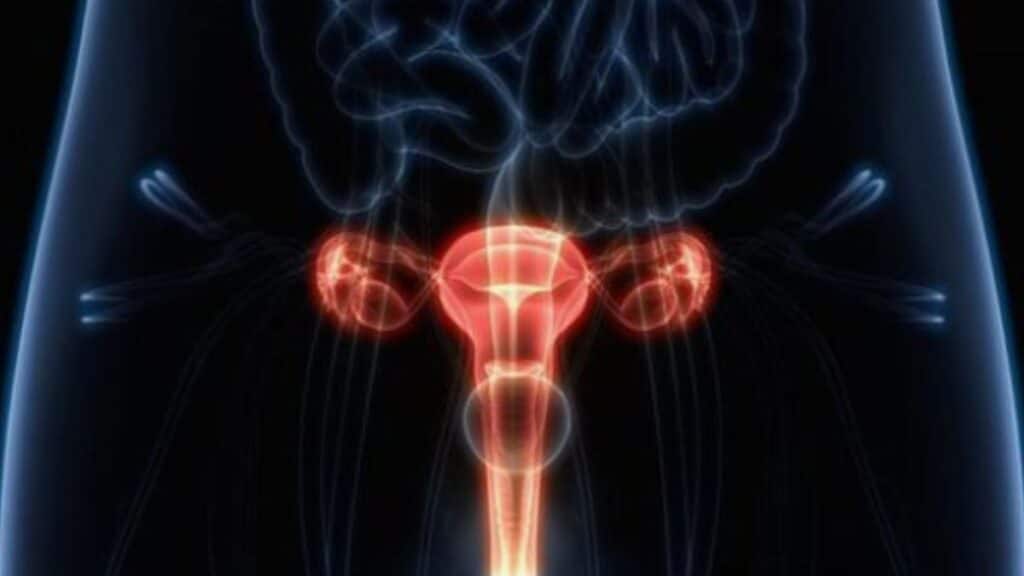Navigating Women’s Health: Explore the Comprehensive Cervical Cancer Screening System, encompassing molecular, cytologic, and visual inspection methods to promote early detection and prevention worldwide.
also read HPV Vaccine Banned In What Countries? A Comprehensive Guide
Introduction: Cervical Cancer Screening System

The cervical cancer screening system is a crucial aspect of women’s healthcare, designed to identify and assess the risk of cervical cancer through various testing methods. This comprehensive article delves into the intricacies of cervical cancer screening, exploring the diverse techniques involved and their significance in early detection and prevention.
- Purpose and Goals of Cervical Cancer Screening: Cervical cancer screening aims to identify the risk of cervical cancer by detecting viral DNA and abnormal cells within the cervix. The primary goals include facilitating early intervention and treatment, preventing the progression of abnormal lesions to cancer, and ultimately reducing mortality rates associated with cervical cancer.
- Categories of Screening Tests: The currently available screening tests fall into three main categories: molecular, cytologic, and visual inspection. Molecular screening involves nucleic acid amplification tests (NAAT) to identify high-risk human papillomavirus (HPV) strains. Cytologic tests include conventional Pap smears and liquid-based cytology. Visual inspection utilizes solutions like ascetic acid or lugol’s iodine to enhance the identification of abnormal areas.
- Global Guidelines and Unique Recommendations: Medical organizations worldwide have distinct guidelines and recommendations for cervical cancer screening. The World Health Organization (WHO) has published guidelines emphasizing increased screening to improve outcomes for women, considering variations in resource availability across regions. Management of abnormal screening results may involve surveillance, biopsy, or surgical intervention for suspicious regions.
- General Screening Procedure: The procedures for testing women using Pap smears, liquid-based cytology, or HPV testing involve collecting cell samples from the cervix using a spatula or small brush. The samples are then examined for any abnormalities. The article also discusses self-collection as an option, particularly when provider testing is unavailable or uncomfortable for patients.
- Types of Screening and Accuracy Metrics: Molecular testing focuses on identifying HPV infections, with accuracy metrics provided for sensitivity and specificity. Cytologic testing, including conventional Pap smears and liquid-based monolayer cytology, involves evaluating cellular abnormalities, each with its own set of accuracy metrics. Visual inspection methods, utilizing solutions and colposcopes, enhance the identification of abnormal areas for easier detection.
- Combination Testing (Co-testing): The article introduces the concept of combination testing or co-testing, where individuals undergo both molecular high-risk HPV testing and cytology. The results are utilized to calculate the immediate risk for cervical intraepithelial neoplasia grade 3 or cancer (CIN3+), guiding appropriate follow-up options based on the calculated risk.
Q & A
What is the screening protocol for cervical cancer?
The ACS suggests cervical cancer screening using an HPV test alone every 5 years for individuals with a cervix aged 25 to 65. In the absence of standalone HPV testing, options include an HPV/Pap cotest every 5 years or a Pap test every 3 years.
How is a cervical screening test done?
The healthcare provider will delicately place a speculum (a duck-bill-shaped device) into your vagina to gently hold it open. Subsequently, they will obtain a small sample from your cervix using a swab. While it may feel unusual, it should not cause discomfort; however, if you experience any pain, inform your doctor or nurse immediately.
Who is eligible for cervical screening?
Cervical screening eligibility includes individuals aged 25 to 74 with a cervix who have ever engaged in sexual activity.
Conclusion: Cervical Cancer Screening System
The cervical cancer screening system emerges as a multifaceted approach, employing molecular, cytologic, and visual inspection methods to safeguard women’s health. By understanding the purpose, procedures, and global guidelines, individuals can navigate this comprehensive screening system effectively, promoting early detection, intervention, and a proactive approach to cervical cancer prevention.
also read How cervical screening works










